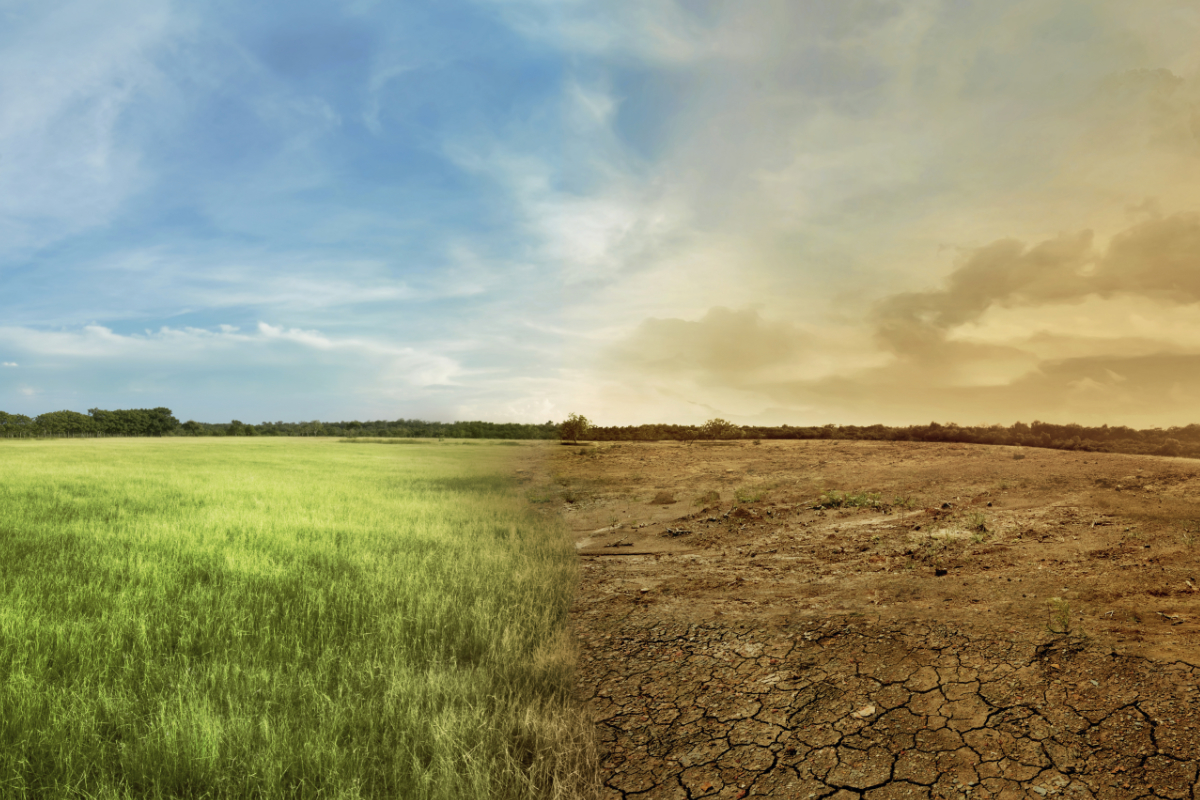



As Covid-19 continues to wreak havoc on health systems and the global economy it is easy to feel overwhelmed by the scale of the problem. Yet, in the collective response to the pandemic, there is also a sliver of hope. Moreover, as governments implement legislation to quell the spread; citizens need to do their part to flatten the curve through physical distancing and businesses retool to produce much-needed medical supplies. Climate change is also a major issue when it comes to the global perspective.
It can be seen in real-time the ability to pivot quickly toward creating solutions to a real, existential problem. In fact, here lies a lesson that can be applied to an approach towards climate change.
while this issue gains prominence among world leaders, even topping the agenda at the world economic forum earlier this year, much of the focus remains on the climate problem, that is C02 emissions and the impact on people and communities. This has overshadowed talk of something equally important: solutions. By now, we should be well aware we have just 10 years to reduce global greenhouse gas emissions to 45 below 2010 levels in order to avoid unprecedented climate catastrophe. The intergovernmental panel on climate change acknowledges that we are unlikely to meet this goal by cutting emissions alone. we will also need solutions to pull carbon out of the atmosphere.
Fortunately, there is hope in one overlooked area and industry that provides a straightforward way to do that; agriculture. Agriculture has only recently entered into the public conversation on climate change- and mostly in a negative way. over the past few years, we’ve heard more about the environmental impact of meat and dairy production, deforestation for farm and grazing land, and the detrimental effects of chemical pesticides and fertilizers on ecosystems and waterways.
Article by: Hari Yellina (Orchard Tech)